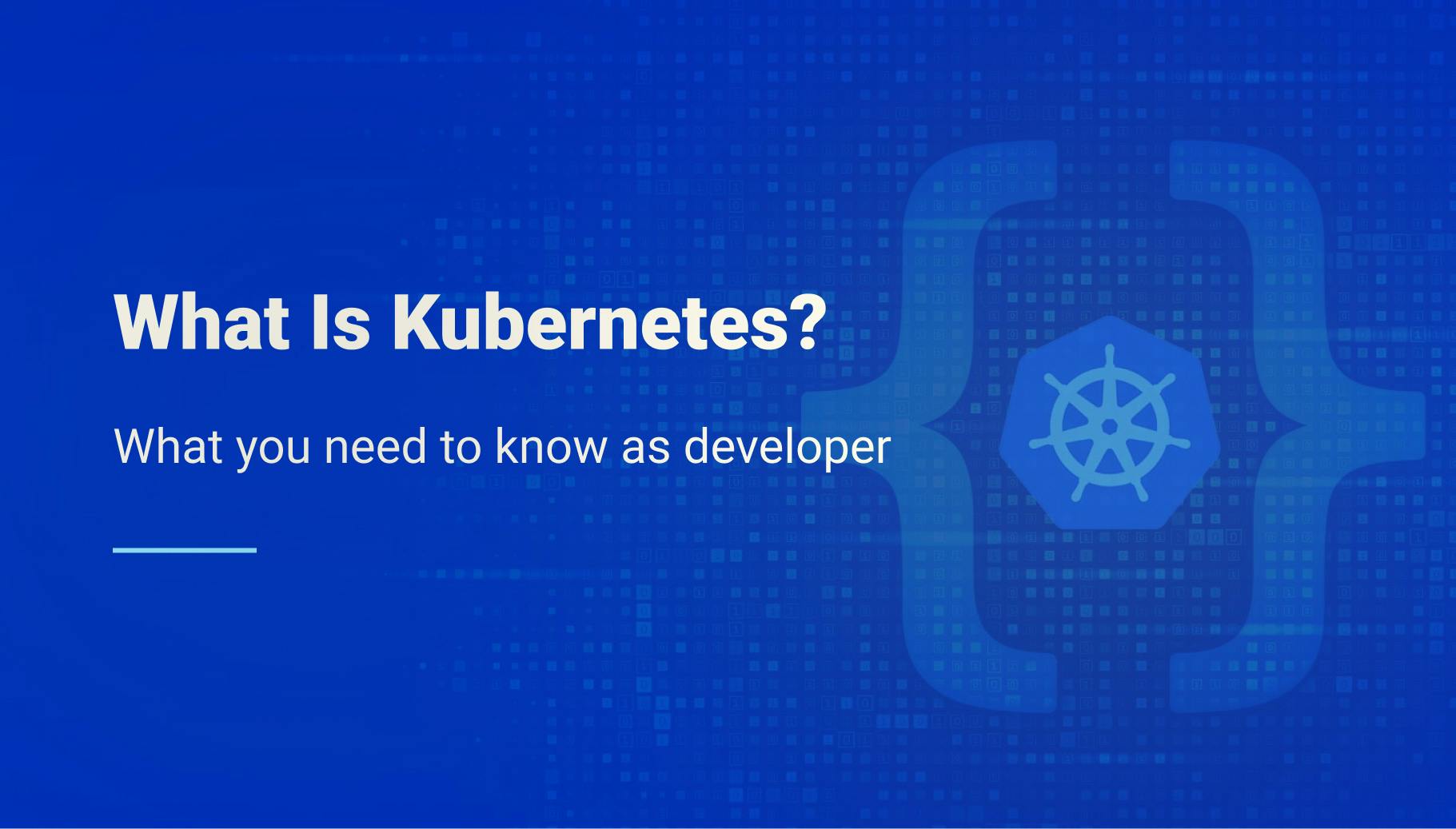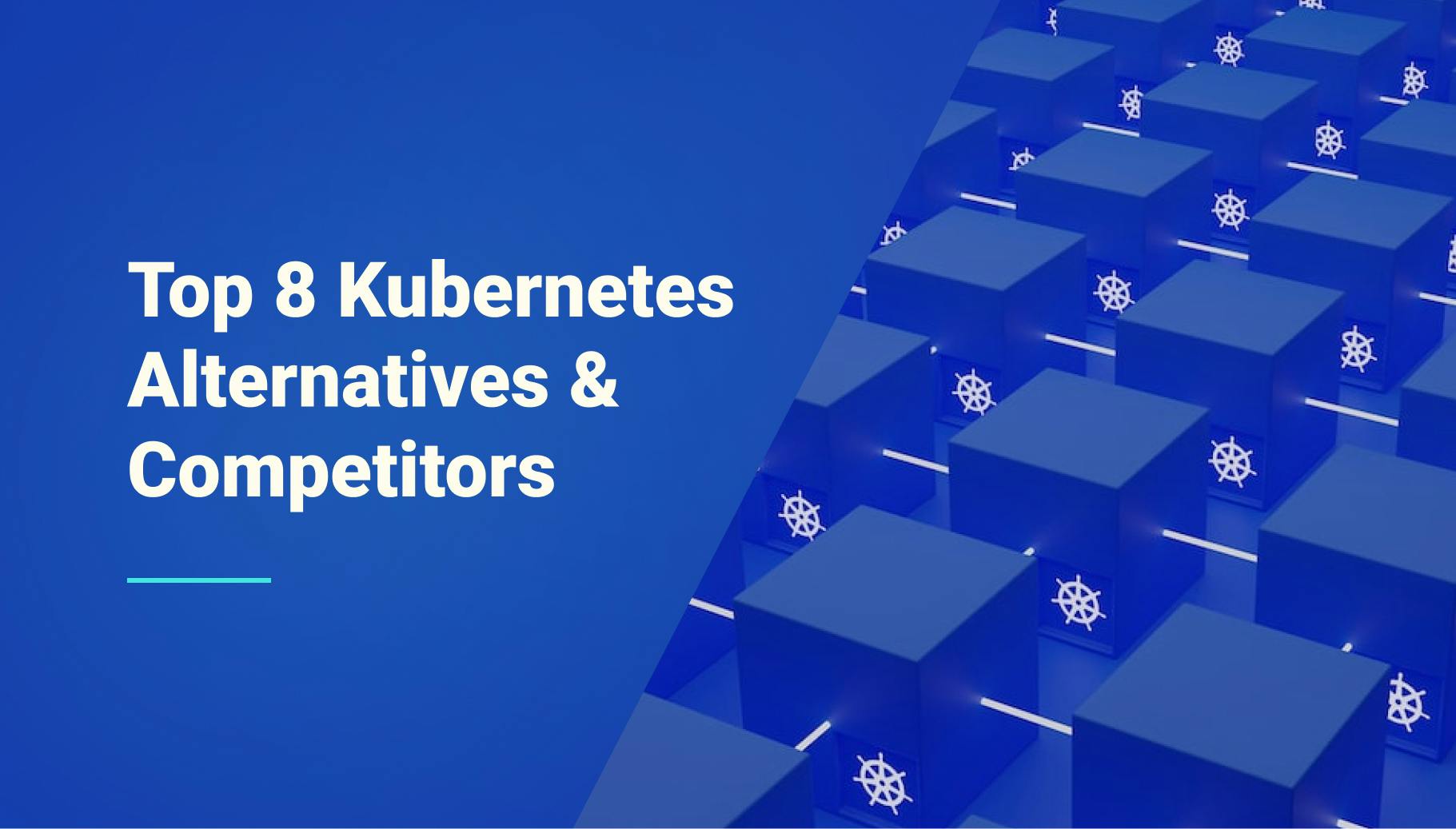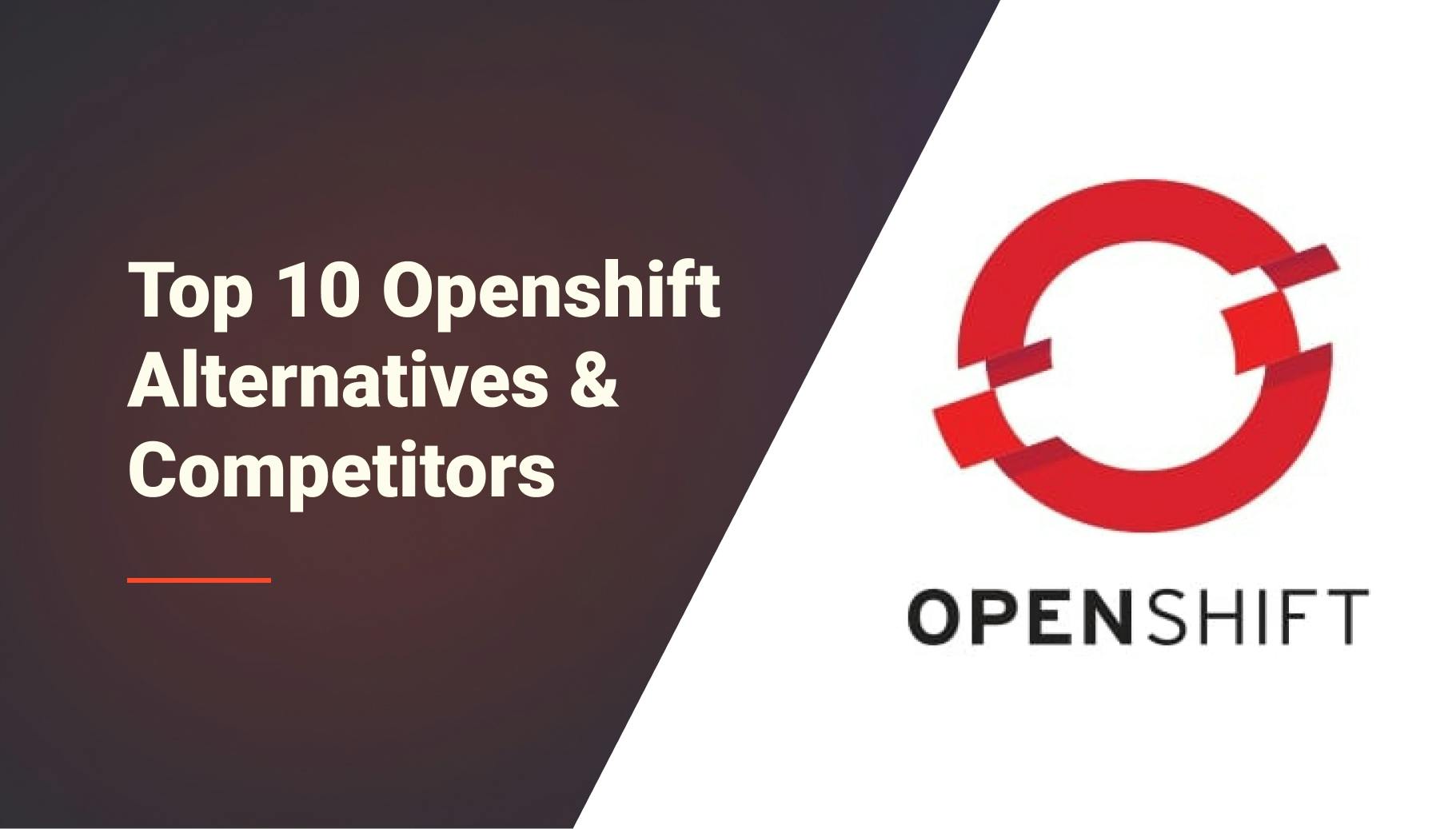Kubernetes Vs. Openshift
Kubernetes and OpenShift are two major players in the container management space, each offering unique advantages and challenges. This article will discuss both these platforms, comparing their strengths and weaknesses. We will also explore their ideal use cases, and how a platform like Qovery bridges the gap between them. Whether you're a proficient DevOps or a developer, understanding these platforms can help you make the right choice for your container-based applications.

Morgan Perry
January 23, 2024 · 6 min read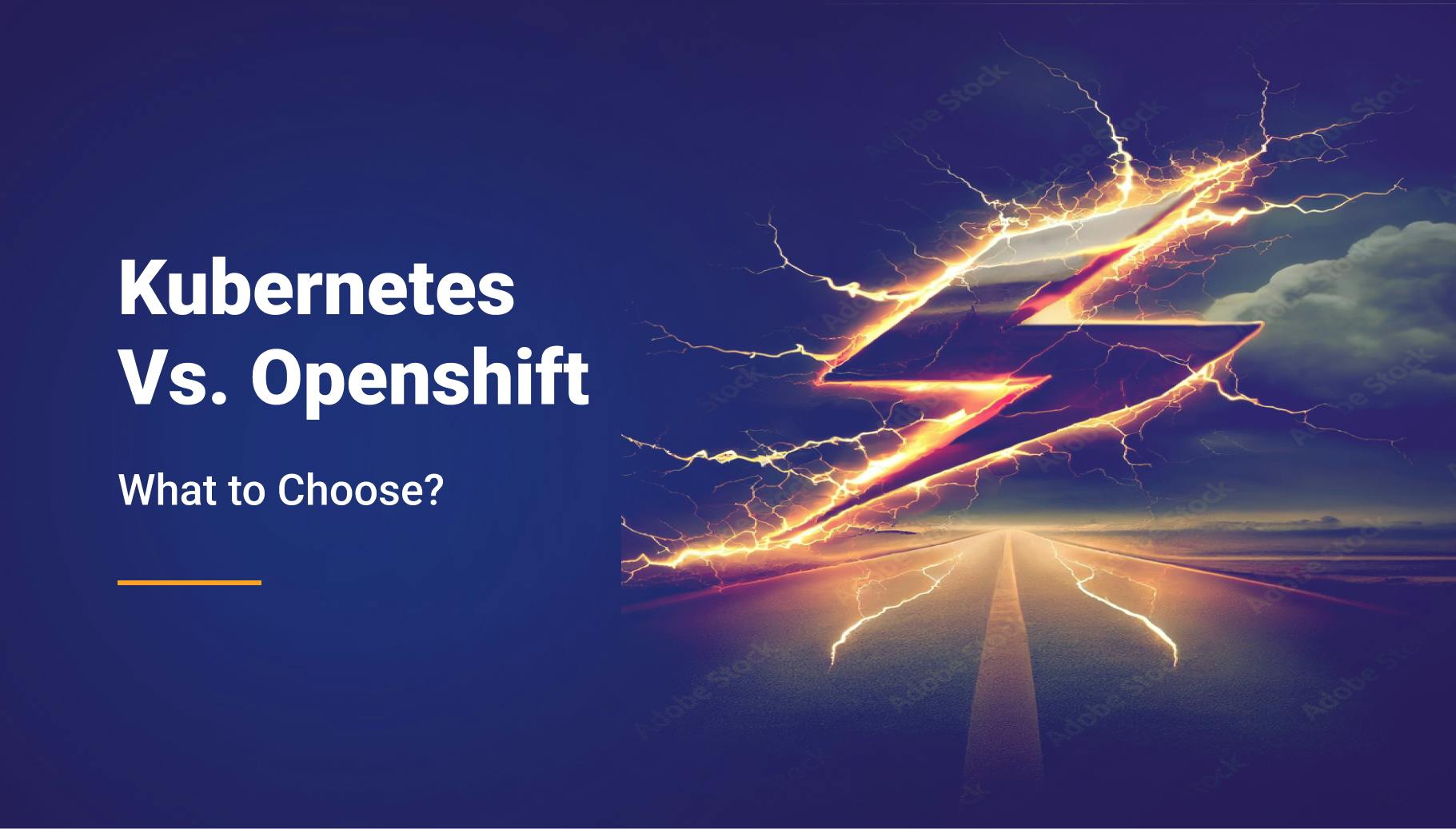
Let’s start with different features and challenges of Kubernetes.
#Kubernetes Pros and Cons
#Pros
- Container orchestration leader: Kubernetes is renowned for its robust container orchestration. It automates the deployment, scaling, and management of containerized applications.
- Wide community support: With its origins in Google's Borg system, Kubernetes enjoys widespread community support. This means a wealth of tools, resources, and expertise are readily available.
- Flexibility and scalability: Kubernetes offers great flexibility and scalability for managing containers. It can handle a few containers to thousands, making it ideal for cloud-native applications.
- Strong security features: Kubernetes includes built-in security features, making it a safe choice for managing sensitive data and applications.
- CI/CD Integration: Kubernetes integrates seamlessly with Continuous Integration (CI) and Continuous Deployment (CD) tools.
#Cons
- Complexity: Kubernetes can be complex, especially for beginners. Setting up and managing a Kubernetes environment requires a good grasp of its components and architecture.
- Resource-intensive: For smaller applications or organizations, Kubernetes might be overkill. It can be resource-intensive and might require substantial infrastructure and expertise.
- Steep learning curve: Learning Kubernetes can be challenging. It requires understanding its complex components and how they interact within a cloud environment.
- Limited built-in tools: While Kubernetes excels at container orchestration, it often requires additional tools and software for complete management solutions.
- Costs: Depending on the deployment, Kubernetes can be costly, especially when considering the infrastructure and expertise needed to maintain and scale it.
#OpenShift Pros and Cons
#Pros
- Integrated environment: OpenShift, developed by Red Hat, offers a comprehensive environment for managing containers. It's built on Kubernetes and provides a robust platform for container orchestration.
- Enhanced security: OpenShift takes security seriously. It provides additional layers of security not only at the software level but also in how containers and applications interact with the cloud infrastructure.
- Strong support system: OpenShift benefits from Red Hat's extensive support network. This support is crucial for troubleshooting, updates, and ensuring the platform runs smoothly.
- Advanced deployment options: OpenShift offers advanced deployment tools and features. It supports CI (Continuous Integration) processes, which makes the deployment of new application versions quicker and more efficient.
#Cons
- Complexity for beginners: Despite its user-friendly interface, OpenShift can be complex for beginners, especially those not familiar with Kubernetes or container technology.
- Cost factor: Being a more comprehensive solution, OpenShift can be more expensive compared to plain Kubernetes. This might be a consideration for smaller projects or businesses.
- Resource intensive: OpenShift demands more resources in terms of hardware and infrastructure, which can be a downside for those looking for a lightweight solution.
- Vendor lock-In risk: Using OpenShift could lead to a dependency on Red Hat's ecosystem, which might not be ideal for all businesses. It might not be your first choice if you are looking to maintain flexibility with cloud providers and technologies.
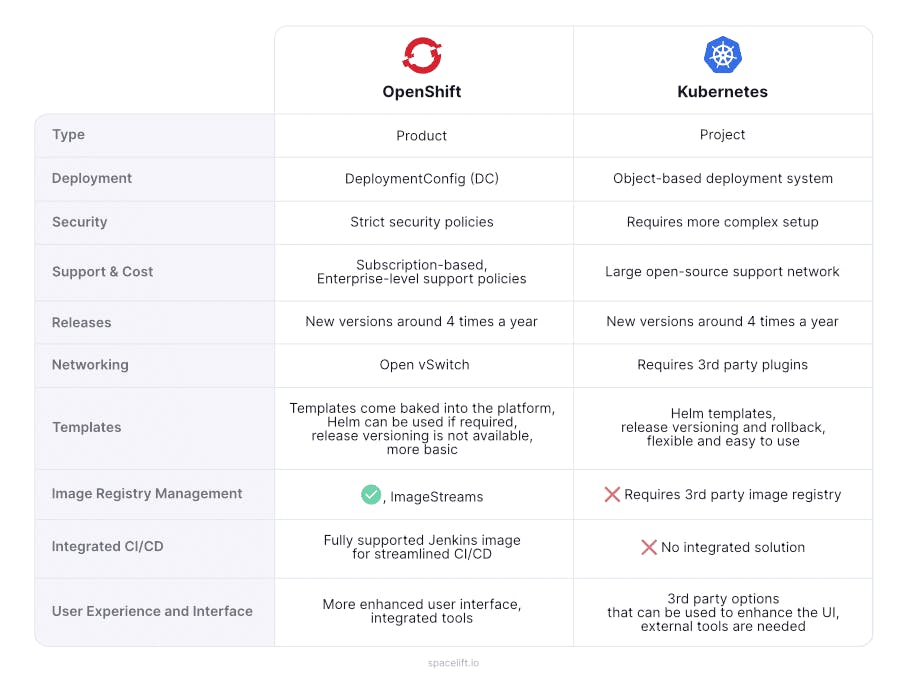
#Kunernetes: Use Cases
#Use Kubernetes if:
- You need flexibility across various environments: Go for Kubernetes if your business requires a platform that works seamlessly across cloud, on-premises, and hybrid environments.
- You want to leverage community-driven innovations: Choose Kubernetes if staying at the forefront of container technology through a community-driven approach is crucial for your business.
- Your focus is on managing numerous containers: Kubernetes is ideal if your business needs robust tools for scaling, load balancing, and managing a large number of containers effectively.
- Continuous integration and deployment is key: If your operations rely heavily on CI/CD practices, Kubernetes provides the necessary automation for managing containerized applications.
- Security is a high priority: Use Kubernetes for applications where strong isolation and data protection are essential, as it offers significant security features.
#OpenShift Use Cases
#OpenShift is a great choice if:
- Your business requires enterprise-level solutions: OpenShift is the go-to choice for enterprises looking for a supported platform with comprehensive security and integrated tools.
- You need a unified platform for development and operations: Choose OpenShift if your business benefits from an all-in-one solution that streamlines both development and operational tasks.
- Your operations span across hybrid cloud environments: OpenShift is particularly suited for organizations managing applications in hybrid cloud setups.
- Enhanced security and compliance are critical: For businesses where security and regulatory compliance are top priorities, OpenShift’s additional security features and certifications make it an ideal choice.
- You are already integrated with the red hat ecosystem: For businesses already using Red Hat products, OpenShift integrates smoothly, creating a cohesive IT environment and enhancing existing investments.
#Comparison Summary Table
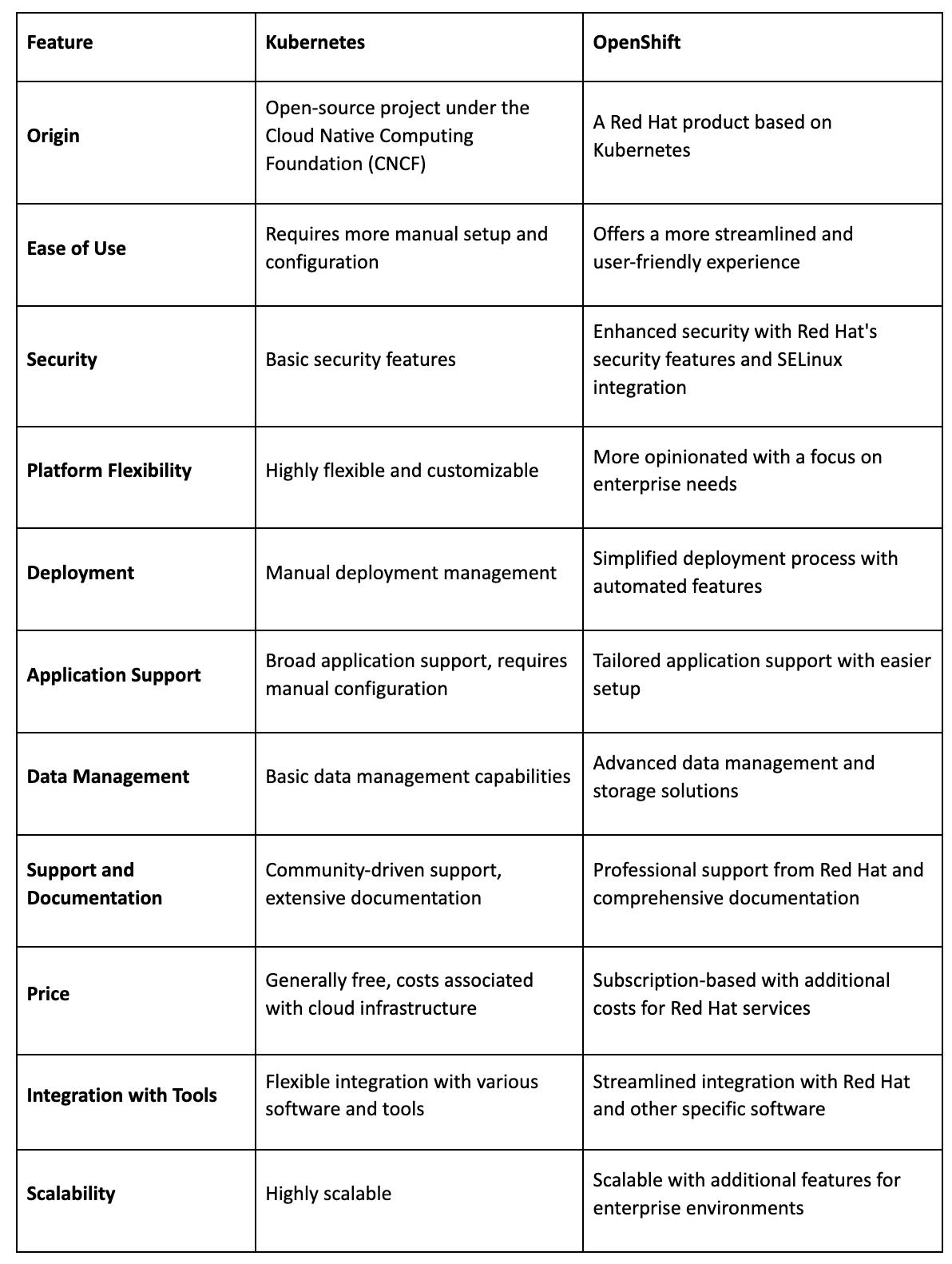
#How does Qovery simplify Kubernetes and OpenShift challenges?
Qovery is actually best of both worlds as it combines the strengths of both the platforms. Find below some of its features that will help you understand why Qovery is a superior choice for your container-based application.
#Pre-configured Kubernetes environments
- Skip the installation: Dive straight into development with Kubernetes clusters ready to go, no manual installation or configuration required.
- Customizable options: Choose from a variety of cluster setups based on your needs, like memory, CPU, and storage, without getting bogged down in technical details.
- Instant scaling: Scale your cluster up or down instantly with just a few clicks, adapting to your application's traffic and resource demands.
#Visual interface and drag-and-drop deployment
- No command line required: Deploy your containers effortlessly using a user-friendly web interface and drag-and-drop functionality.
- Guided deployment: Step-by-step wizards walk you through the process, even if you're not a Kubernetes expert.
- Automated secrets management: Securely store and manage your application secrets without the need for manual configuration.
#Automatic scaling and resource management
- Say goodbye to server monitoring: Qovery automatically scales your resources based on real-time usage, optimizing performance and cost-efficiency.
- Set it and forget it: Define your scaling rules once, and Qovery takes care of everything, even during sudden traffic spikes.
- Pay only for what you use: Resource allocation adjusts dynamically, ensuring you only pay for the resources your application actually needs.
#Integrated CI/CD and security features
- Streamlined development: Build, test, and deploy your applications with built-in CI/CD pipelines, saving you time and effort.
- Automatic vulnerability scanning: Keep your containers secure with automatic vulnerability scanning and alerts, proactively addressing potential threats.
- Role-based access control: Define granular access permissions for your team members, ensuring proper security hygiene.
#Cost-effective and free plan
- Flexibility and Scalability: They have a range of plans suitable for different user needs, including a free plan for smaller projects or teams just getting started, and more comprehensive options for larger teams and enterprises.
- Cost-Effectiveness: The pricing includes a pay-per-use model which can be particularly economical, as users only pay for the resources they actually use. This can help in reducing unnecessary expenses.
- Free Deployment Minutes: Each plan includes a certain amount of free deployment minutes per month, which is a valuable feature for developers looking to manage costs while deploying applications.
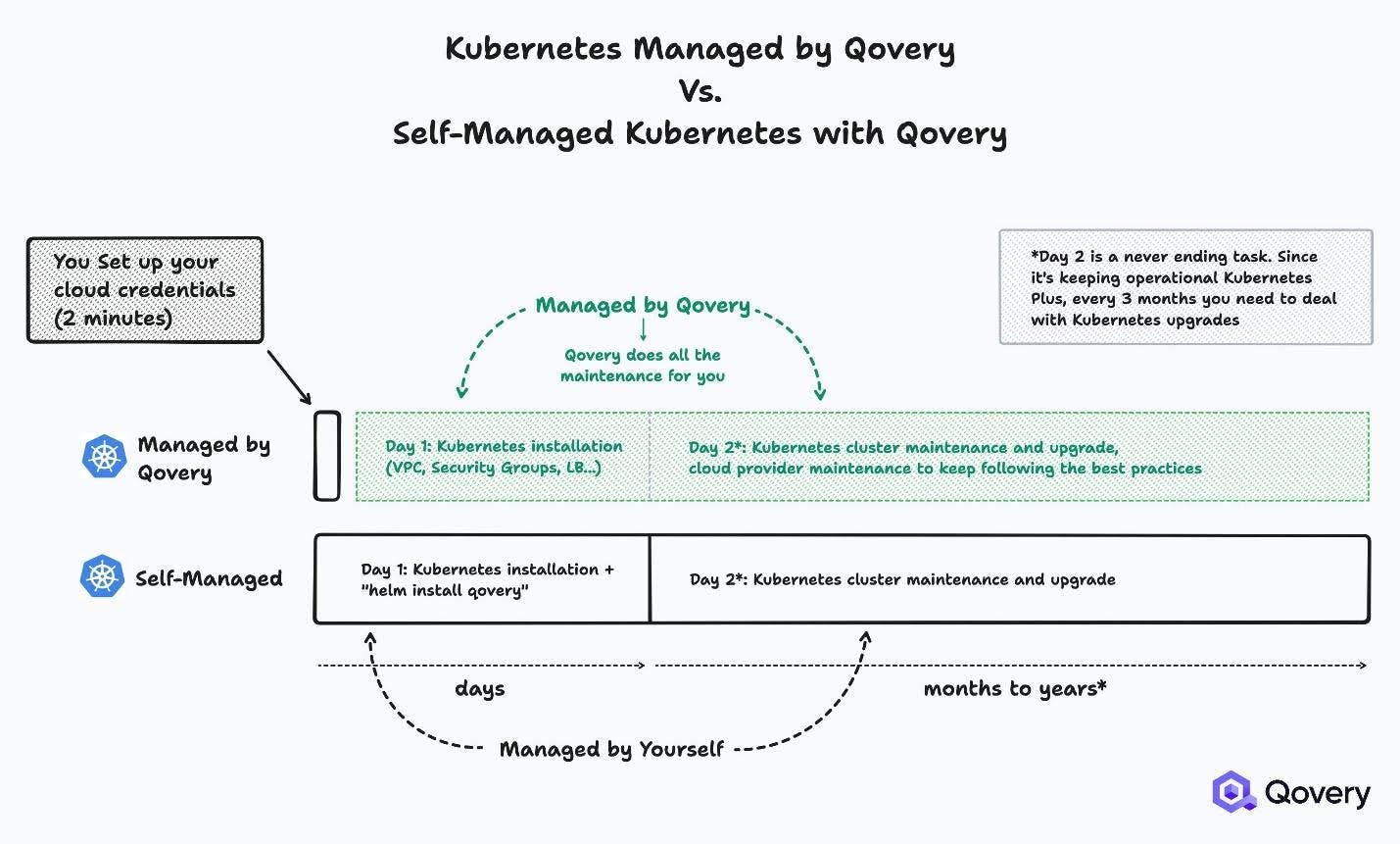
#Conclusion
Kubernetes and OpenShift each have their own set of benefits and limitations, making them suitable for different scenarios. Kubernetes excels in community-driven innovation and flexibility, while OpenShift offers enhanced security and enterprise-level solutions. Qovery stands out by simplifying these technologies, offering pre-configured environments, visual interfaces, automatic scaling, integrated CI/CD, and cost-effective solutions. For businesses facing the complexities of container management, Qovery offers a streamlined, user-friendly approach, combining the strengths of both Kubernetes and OpenShift. Consider using Qovery for a balanced, efficient container management experience. Try it for free now >>
Your Favorite DevOps Automation Platform
Qovery is a DevOps Automation Platform Helping 200+ Organizations To Ship Faster and Eliminate DevOps Hiring Needs
Try it out now!

Your Favorite DevOps Automation Platform
Qovery is a DevOps Automation Platform Helping 200+ Organizations To Ship Faster and Eliminate DevOps Hiring Needs
Try it out now!
